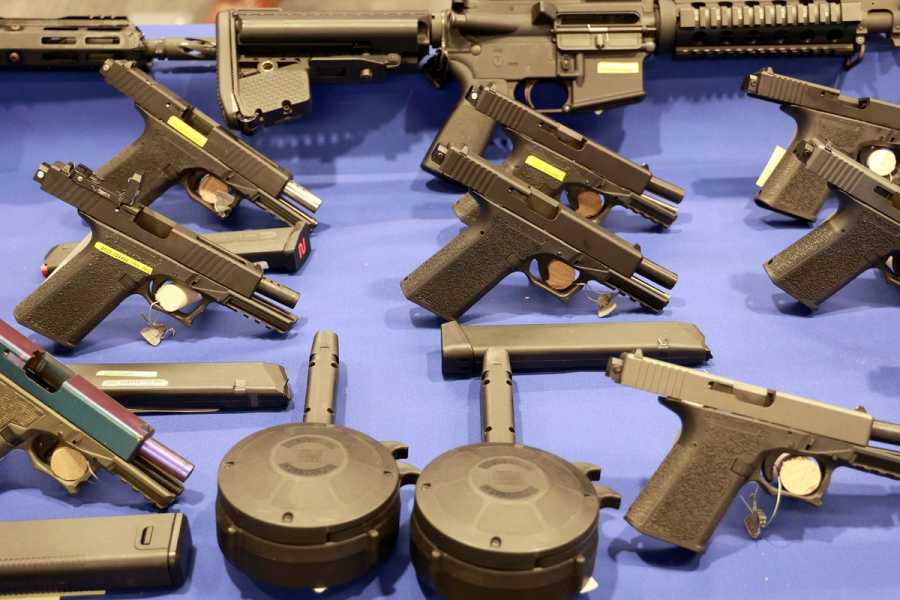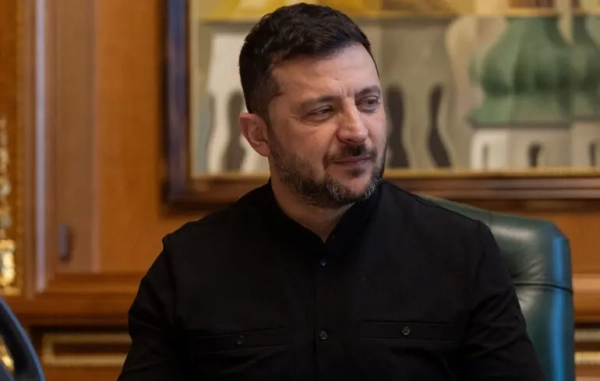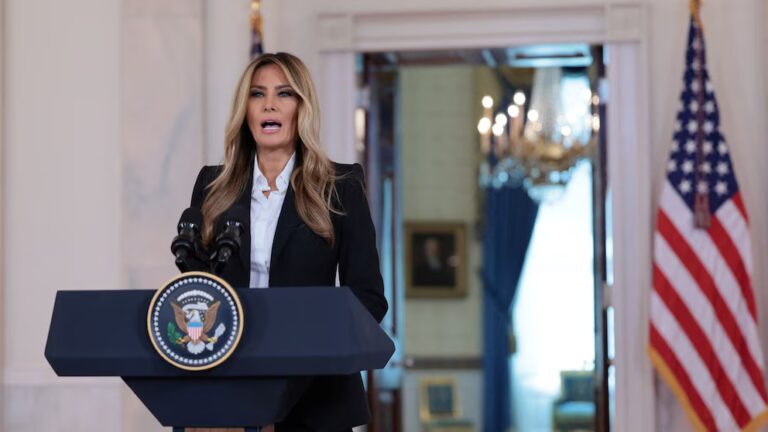Why the Supreme Court just smacked down one of the judiciary’s worst GOP partisans.

Illegal and ghost guns are seen on display at New York Attorney General Letitia James’s offices in downtown Manhattan on March 15, 2023. Luiz C. Ribeiro for NY Daily News/Tribune News Service via Getty Images Ian Millhiser is a senior correspondent at Vox, where he focuses on the Supreme Court, the Constitution, and the decline of liberal democracy in the United States. He received a JD from Duke University and is the author of two books on the Supreme Court.
Late Monday afternoon, the Supreme Court handed down a very brief order establishing that sellers of “ghost guns,” weapons that are sold dismantled in ready-to-assemble kits, must comply with the same gun safety laws and anti-crime laws as any other gun seller.
At this point you may be experiencing déjà vu, because in August the Supreme Court also handed down a brief order establishing ghost gun sellers must comply with these laws. The more recent case, known as Garland v. Blackhawk Manufacturing Group, arrived on the Court’s docket after federal district court Judge Reed O’Connor, a former Republican Capitol Hill staffer known for handing down dubiously reasoned opinions that benefit Republican causes, effectively tried to neutralize the Supreme Court’s August 2023 decision.
Notably, while the Court’s August order was a 5-4 decision, with Chief Justice John Roberts and Justice Amy Coney Barrett joining the Court’s three Democratic appointees, no justice publicly dissented from the order handed down on Monday — which suggests that even the four justices who dissented in August may have viewed O’Connor’s most recent ruling in favor of ghost gun sellers as an act of defiance that needed to be quashed.
The decision is revealing not just because it potentially indicates that the Court ran out of patience for O’Connor’s antics. Monday’s decision also suggests that there is a solid majority on the Court against ghost guns, something that was at least somewhat in doubt after the Court’s August decision.
What are ghost guns?
Ghost guns are kits that, at least according to O’Connor, open up a giant loophole in federal gun law.
Federal law requires gun buyers to submit to a background check before they can purchase a gun, and it also requires all guns to have a serial number that can be used to track them if they are used in a crime. These laws apply to “any weapon … which will or is designed to or may readily be converted to expel a projectile by the action of an explosive.” It also applies to “the frame or receiver of any such weapon,” the skeletal part of a firearm that houses other components, such as the barrel or trigger mechanism.
Thus, even if someone purchases a collection of firearm parts intending to assemble the gun at home, they will still face a background check when they purchase the gun’s frame or receiver, and that frame or receiver must have a serial number.
Ghost guns, meanwhile, are typically sold as a collection of parts that can easily be assembled into a functional gun. Often, the frame or receiver in this kit is sold in a slightly unfinished condition. According to the Justice Department, these incomplete frames and receivers are often very easy to finish. In some cases, a ghost gun buyer can build a working gun after drilling a single additional hole in the kit’s frame. In other cases, they merely need to sand off a small plastic rail.
Nevertheless, O’Connor initially ruled in June 2023 that ghost gun kits are exempt from the federal background check and serial number laws, even though these laws apply to “any weapon” that can be “readily converted to expel a projectile.” O’Connor reasoned that “weapon parts … are not ‘weapons,’” only a fully complete firearm is. And thus the kit as a whole does not count as a “weapon.”
Similarly, O’Connor also claimed that the nearly complete receivers sold in ghost gun kits are immune from the law because “that which may become or may be converted to a functional receiver is not itself a receiver.”
In any event, in its August order the Supreme Court seemed to disagree with O’Connor’s conclusion that gun manufacturers may evade federal law by simply not drilling a single hole in a single gun part. But that order was just ambiguous enough that O’Connor tried to get around it in a new decision he handed down in September.
Why did this case need to come up to the Supreme Court twice?
To understand why O’Connor may have thought he could get away with a second court order ruling in favor of ghost gun manufacturers, after the Supreme Court already smacked down his first decision in their favor, it’s helpful to understand an ongoing debate among the justices about how much power individual federal judges should have to set nationwide policy.
In his initial June decision, O’Connor held that all ghost gun manufacturers nationally are immune from the background check and serial number laws. Some members of the Supreme Court have complained that federal trial judges should not have this power to set national policy — or at least that they should use that power only rarely. As Justice Neil Gorsuch wrote in a recent concurring opinion, “a district court should ‘think twice — and perhaps twice again — before granting’ such sweeping relief.”
(Notably, Gorsuch has not actually done much to rein in nationwide orders targeting the Biden administration — though he was quite alarmed when judges issued such orders blocking Trump administration policies. Gorsuch dissented from the Court’s August decision blocking O’Connor.)
The Supreme Court’s August order, meanwhile, was only one paragraph long. And it did little to explain why the Court disagreed with O’Connor. So O’Connor appears to have bet that a majority of the justices didn’t actually disagree with his attempt to create a loophole that swallows up two major gun laws — they just didn’t want him to issue a nationwide order.
And so, in his September order, O’Connor once again ruled that ghost gun makers may defy federal law, but he applied that order only to two ghost gun companies that were actually parties to this lawsuit. Other companies that wish to sell ghost guns were beyond the scope of O’Connor’s September order, and so were still obligated to comply with federal law.
As a practical matter, O’Connor’s more limited September order would still have had a nationwide effect. If just one company is allowed to sell ghost guns without background checks, then criminals and other individuals who would fail a background check may buy guns from that company. And, as the Justice Department points out, the two companies that do benefit from O’Connor’s order “are commercial distributors selling their products over the internet,” so O’Connor’s September order would have let anyone in the country obtain a ghost gun without a background check.
In any event, that won’t happen. Monday’s Supreme Court order puts O’Connor’s latest decision on ice, at least temporarily while this case is still being litigated. The case will be heard next by the United States Court of Appeals for the Fifth Circuit, a far-right court with a history of affirming partisan judges like O’Connor, even when the Supreme Court has previously indicated that the Fifth Circuit should not do so.
But regardless of what the Fifth Circuit rules, Monday’s order suggests that there are five solid votes on the Supreme Court against O’Connor’s approach to ghost guns, and not merely five votes who thought that O’Connor’s June order should not have applied to every company in America.
And the fact that no justice publicly dissented from the Monday order also suggests that the Court wanted to send a message to O’Connor — and possibly to other judges like him — that they cannot defy the Supreme Court of the United States.
Sourse: vox.com






